Daring adventurers, fearless explorers, ancient kings, gods and goddesses come to life in this riveting story of the first great epiclost to the world for 2,500 years, and rediscovered in the nineteenth century.
Composed in Babylonia more than three thousand years ago, The Epic of Gilgamesh is the story of one heros travels in search of immortality, of a vengeful goddess, a cunning serpent, and a devastating flood. It was the worlds first great epic, which would later be echoed in The Odyssey, the Bible, and The Thousand and One Nights. But in 612 BC, the clay tablets that bore the story were lostburied in the burning ruins of the palace of Ashurbanipal, the last great king of Assyria, as his enemies laid his kingdom to waste.
Like an archaeological dig working down through the layers of history, The Buried Book begins with the rediscovery of the epic and its deciphering in 1872 by George Smith, a brilliant self-taught linguist who created a sensation when he stumbled upon Gilgamesh among the thousands of tablets in the British Museums collection. From there the story goes back in time, all the way to Gilgamesh himself at the dawn of recorded history. David Damrosch reveals the epic as a literary bridge between East and West: a precious document lost in Mesopotamia, recovered by an Iraqi archaeologist, decoded by an Englishman, and appropriated in contemporary novels by both Philip Roth and Saddam Hussein. This is an illuminating, fast-paced tale of history as it was written, stolen, lost, andafter countless battles, fevered digs, conspiracies, and revelationsfinally found again.
THE BURIED BOOK
THE BURIED BOOK
THE LOSS AND REDISCOVERY OF THE GREAT EPIC OF GILGAMESH
DAVID DAMROSCH


Henry Holt and Company, LLC
Publishers since 1866
175 Fifth Avenue
New York, New York 10010
www.henryholt.com
Henry Holt and  are registered trademarks of Henry Holt and Company, LLC.
are registered trademarks of Henry Holt and Company, LLC.
Copyright 2006 by David Damrosch
All rights reserved.
Distributed in Canada by H. B. Fenn and Company Ltd.
Library of Congress Cataloging-in-Publication
Data Damrosch, David.
The buried book : the loss and rediscovery of the great Epic of Gilgamesh / David Damrosch.1st ed.
p. em.
Includes index.
Contents: The broken tabletsEarly fame and sudden deathThe lost libraryThe fortress and the museumAfter Ashurbanipal, the delugeAt the limits of cultureThe vanishing point.
ISBN-13: 978-0-8050-8029-2
ISBN-10: 0-8050-8029-5
1. Gilgamesh. 2. AssyriologyHistory. I. Title.
PJ3771.G6D36 2007
809.93353-dc22 2006049523
Henry Holt books are available for special promotions and premiums. For details contact: Director, Special Markets.
First Edition 2007
Designed by Meryl Sussman Levavi
Map drawn by Anita Karl and Jim Kemp
Printed in the United States of America
10 9 8 7 6 5 4
For Diana, Eva, and Petera book about exploration, as you go out into the world
Gilgamesh is stupendous! I consider it to be the greatest thing that can happen to a person.
RAINER MARIA RILKE (1916)
Hopes, long cherished, were now to be realized, or were to end in disappointment. Visions of palaces underground, of gigantic monsters, of sculptured figures, and endless inscriptions, floated before me. After forming plan after plan for removing the earth, and extricating these treasures, I fancied myself wandering in a maze of chambers from which I could find no outlet.
AUSTEN HENRY LAYARD,
Nineveh and Its Remains (1849)
He came a far road, was weary, found peace,
and set all his labors on a tablet of stone.
See the cedar tablet-box,
release its clasp of bronze!
Lift the lid of its secret,
take out the tablet of lapis lazuli, and read
the struggles of Gilgamesh and all he endured.
The Epic of Gilgamesh
CONTENTS
THE BURIED BOOK

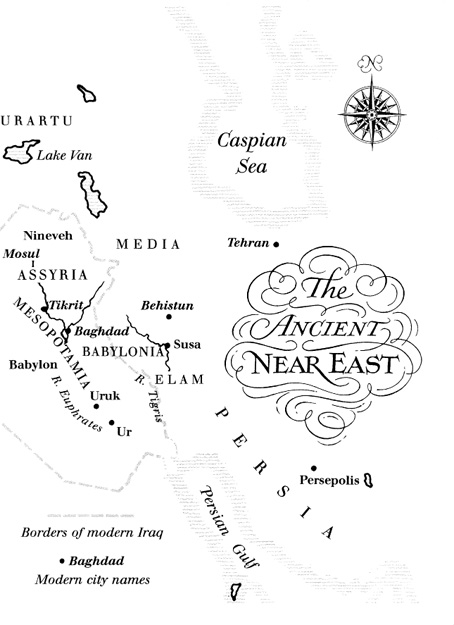
INTRODUCTION
WHEN HISTORIES COLLIDE

The Great Mound of Kouyunjik, opposite Mosul.
EARLY in April of 1840, a young British traveler arrived in the dusty provincial capital of Mosul in what is now northern Iraq. Restless, ambitious, and completely unsure of what he should do with his life, Austen Henry Layard had just spent several months wandering around Greece, Turkey, and the Levant, admiring the monumental ruins left by the Greeks and Romans throughout the eastern Mediterranean. Now he was venturing into unsettled regions rarely visited by European travelers, for it was said that uncharted sites around Mosul held imposing remains of Nineveh and other ancient Assyrian cities. The reports Layard had heard were both true and false: the sites were there, yet when Layard went out to them, he was astonished to discover that there was nothing to see. All that remained of the great Mesopotamian civilizations were formless mounds of earth, forty or fifty feet high and up to a mile wide, with not one temple, not one pillar, not one sculpture in sight.
Far from disappointing him, the desolation of the Assyrian sites only fired Layards imagination. As he later wrote, a traveler crossing the Euphrates would seek in vain for the graceful column rising above the thick foliage of the myrtle or the elegant curves of an amphitheater above a sparkling bay. He is now at a loss to give any form to the rude heaps upon which he is gazing, Layard continued. The more he conjectures, the more vague the results appear. The scene around is worthy of the ruin he is contemplating; desolation meets desolation; a feeling of awe succeeds to wonder; for there is nothing to relieve the mind, to lead to hope, or to tell of what has gone by. Then and there, Layard resolved that he would be the one to uncover the history buried in the bleak mounds before him.
Layard and a handful of other archaeological explorers soon embarked on one of the most dramatic intellectual adventures of modern times: the opening up of three thousand years of history in the cradle of civilization. Layard led the way with spectacular discoveries at two different sites. At a site south of Mosul, he uncovered beautifully carved reliefs and a set of magnificent, human-headed winged bulls that became centerpieces of the British Museums collection; across the Tigris from Mosul he found the long-buried ruins of Nineveh. There he discovered the vast palace built by the Assyrian king Sennacherib, its endless corridors and seventy rooms lined with two full miles worth of carved reliefs; not for nothing had Sennacherib named it Palace Without Rival.
As spectacular as the carvings were, Layards most important find was literary: he and his Iraqi friend and assistant Hormuzd Rassam uncovered the major library assembled by Sennacheribs grandson, Ashurbanipal. Layard and Rassam shipped a hundred thousand clay tablets and fragments back to the British Museum, and these proved to be keys to uncovering the regions ancient history and its rich literature. The greatest of the thousands of texts that Layard and Rassam brought to light is
Next page

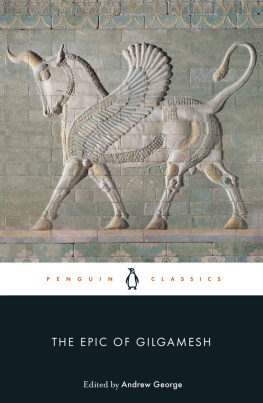

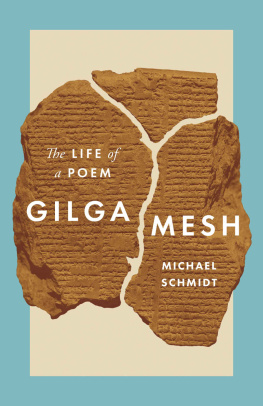
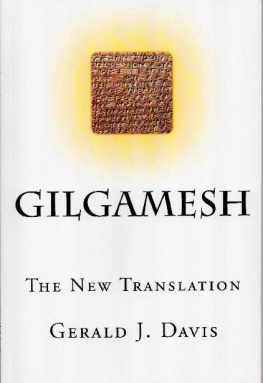
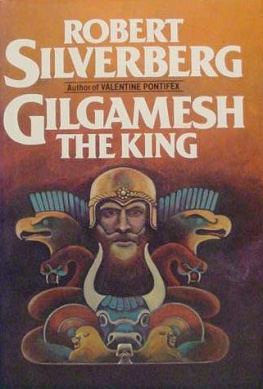


 are registered trademarks of Henry Holt and Company, LLC.
are registered trademarks of Henry Holt and Company, LLC.

